
Question: A friend and I built an Experimental aircraft that we have flown for many years. When it was finished, my friend applied and received the repairman certificate for the plane. He has since passed away, and I am the sole owner. Do you have any recommendations on how I might get the local FSDO to assign a repairman certificate to me? Since he has passed away, I would be the only repairman for that aircraft.
Answer: Unfortunately the FAA will issue only one repairman certificate for an Experimental/Amateur-Built aircraft. If that person is deceased, then it is gone. No other person may apply.
Question: I purchased an Experimental/Amateur-Built aircraft and have copies of the airworthiness certificate, operating limitations, and proof of ownership. All the original documents were missing, but I was able to obtain copies from the FAA. Will the copies work to get a replacement airworthiness certificate (FAA Form 8130-7) and not have to do Phase 1?
Answer: If you have copies of these documents from the FAA, there should be no problem obtaining a replacement airworthiness certificate. Just call your local FSDO, and they should be able to help you. If you have the logbooks showing the Phase I sign-off, there should be no reason to have to repeat Phase I flight testing.
Question: Is there any way to change a certified aircraft to Experimental, like a Champ that was registered at 1360 pounds gross weight and will not qualify for LSA?
Answer: In simple terms, yes, a certified aircraft may be converted to Experimental. Unfortunately, that’s about the end of the good news. It may not be converted to Light Sport.
There are only three routes to Light Sport:
- One, Part 21.190. This is an aircraft built by a factory and certificated in the Light Sport category. It is known as a Special Light Sport Aircraft (SLSA).
- Two, Part 21.191(i)(2). This is an aircraft assembled from a kit that is certified by the kit manufacturer as an exact replica of an aircraft built as an SLSA (21.190). It is certificated in the Experimental category and must be built exactly in accordance with plans and instructions provided by the kit manufacturer.
- Three, Part 21.191(i)(3). This is an aircraft that was previously certificated as an SLSA (21.190) and is being re-certificated in the Experimental category (ELSA).
Initially there was an option to convert “heavy ultralight” aircraft to ELSA (21.191(i)(1)), but that option expired in January of 2008.
The regulation for Light Sport compliance is that the aircraft must have met all LSA parameters continuously from its original certification. Your example does not meet this requirement, simply because it has been certificated at a gross weight higher than allowed. So, not only may this aircraft not be re-certificated as a Light Sport Aircraft, It also may not be flown by a Sport Pilot or anyone flying under Sport Pilot privileges.
Please send your questions for DAR Asberry to editorial@kitplanes.com with “Ask the DAR” in the subject line.

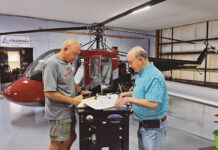
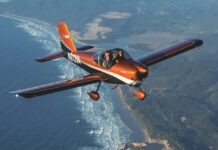
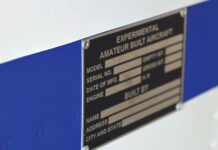
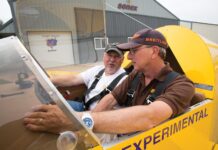

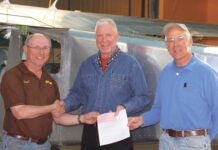
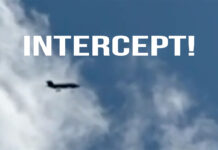

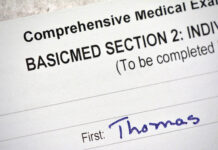
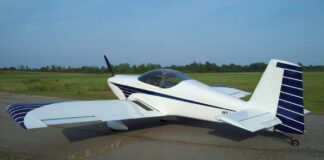
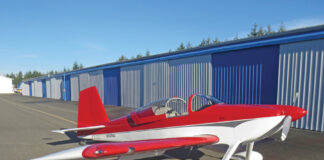


Can I certify a home built without brakes
Comments are closed.